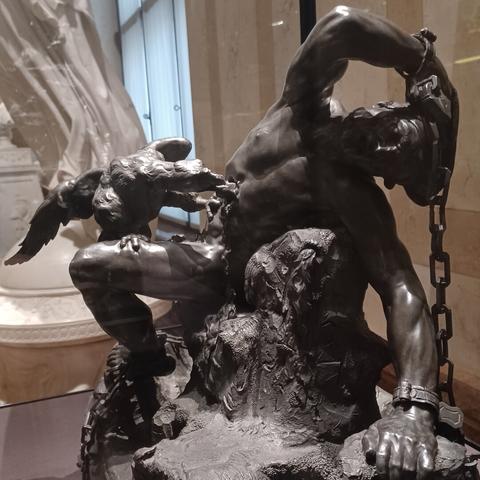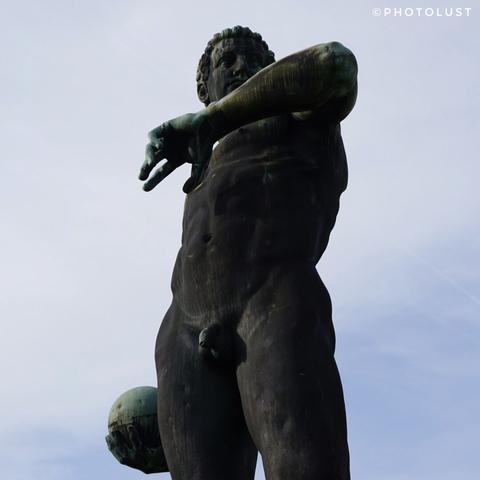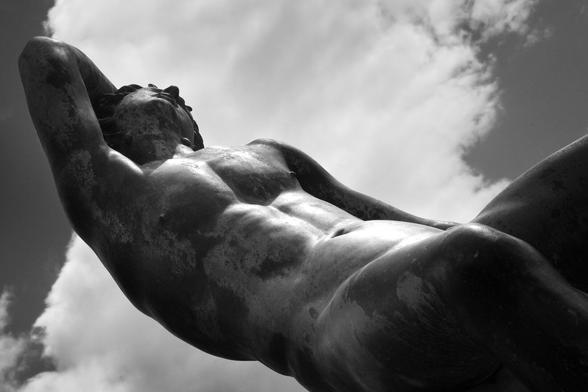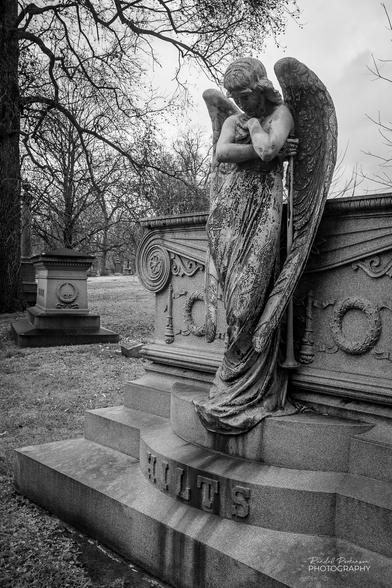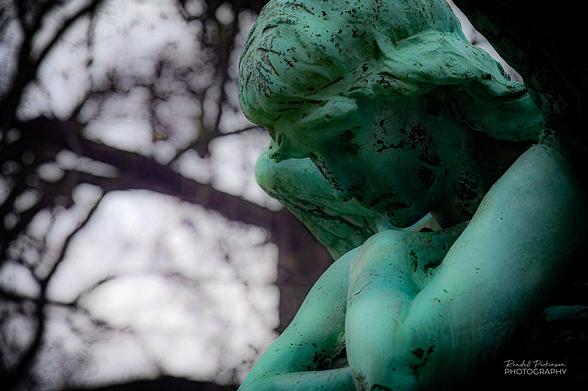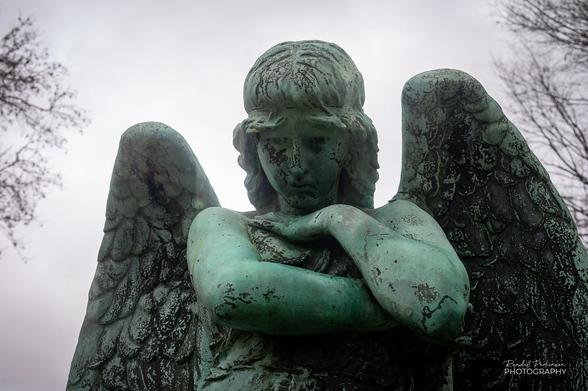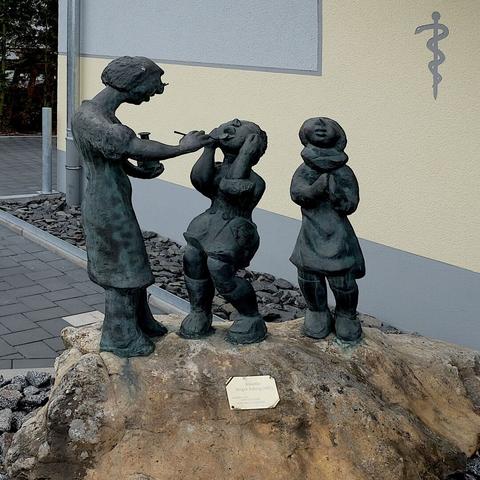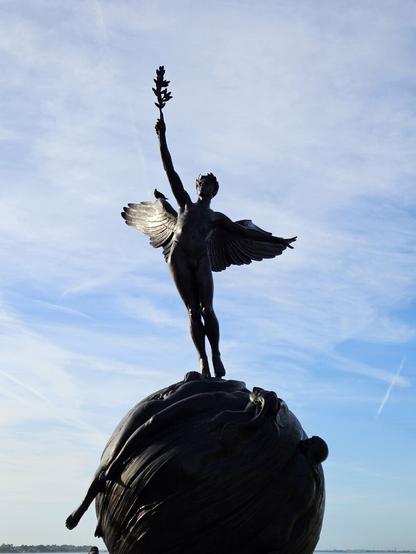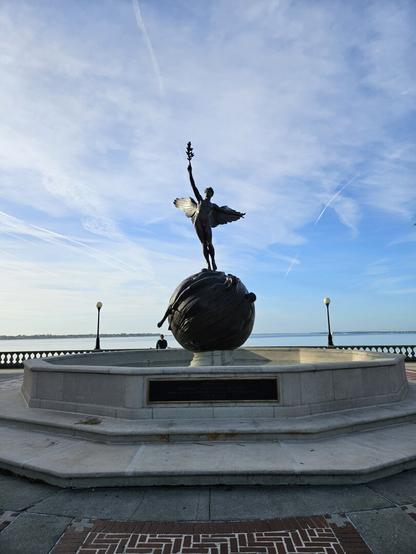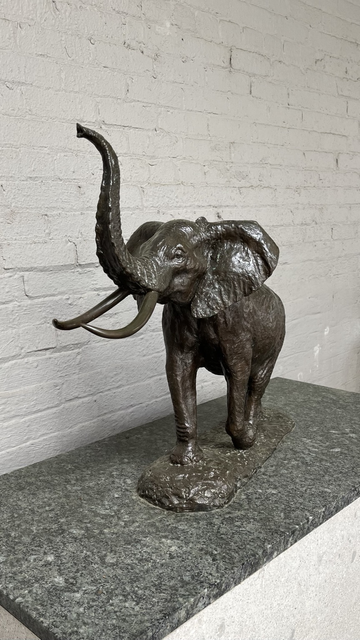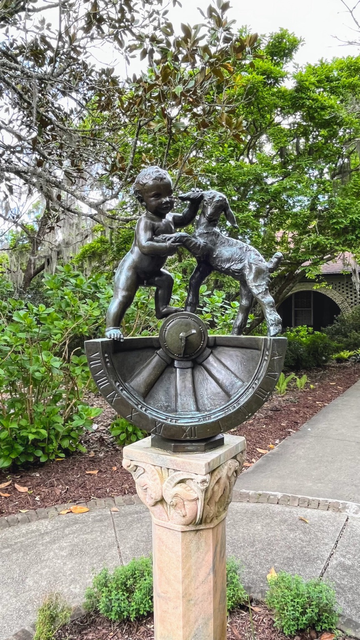Nineteenth century bronze statue of a male nude in the gardens of Powerscourt Estate (Irish: Eastát Chúirt an Phaoraigh), located in Enniskerry, County Wicklow, Ireland.
The male nude in art is not as often talked about as its female counterpart. However, apart from being idealized and easy on the eye, the male body in art is full of history and has undergone a host of fascinating transformations over the past 2000 years. The establishment of Art Academies across Europe from the sixteenth through to the eighteenth century had a big impact on the male nude. Not only did these academies bring along a very regulated, classicised style, but life drawing and sculpting was seen as a central element of artistic education and an eye for realistic bodily structure was valued. Furthermore, as the Academies favoured grand classical and historical subjects, the male nude often pops up as a young, strong, masculine, heroic character. Looking at todays modern culture and the male body image it presents to us nothing much seems to have changed since then.
Never the less, seeing and experiencing real nudity was rare during the prudish 19th century. At first, nudes invaded the public space through neoclassical and academic art to the detriment of reality. Moreover, social conventions also allowed women to unveil some parts of their body but only in specific cases. Yet, we know little about nudity in private spaces or practices, including sexual activity or washing oneself. In fact, nudity was probably experienced in marginal places such as brothels, the privacy of ones bedroom and in the spaces of a new somatic culture such as beaches, barracks, or gyms.
#sculpture #arthistory #bronzestatue #bronze #classicalart #statues #anatomy #realisticsculpture #femalebody #malenude #malenudity #male #humananatomy #statue #classicalart #architecture #powerscourt #sensual #blackandwhite #blackandwhitephotography #contemporaryphotography #contemporaryart